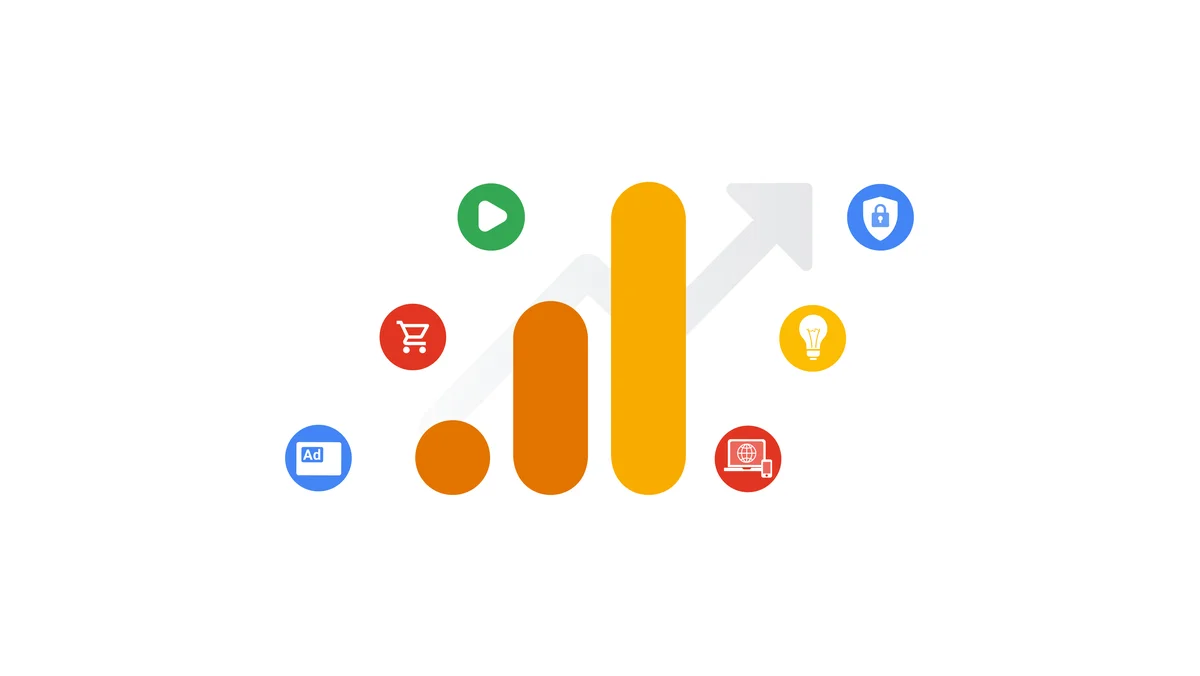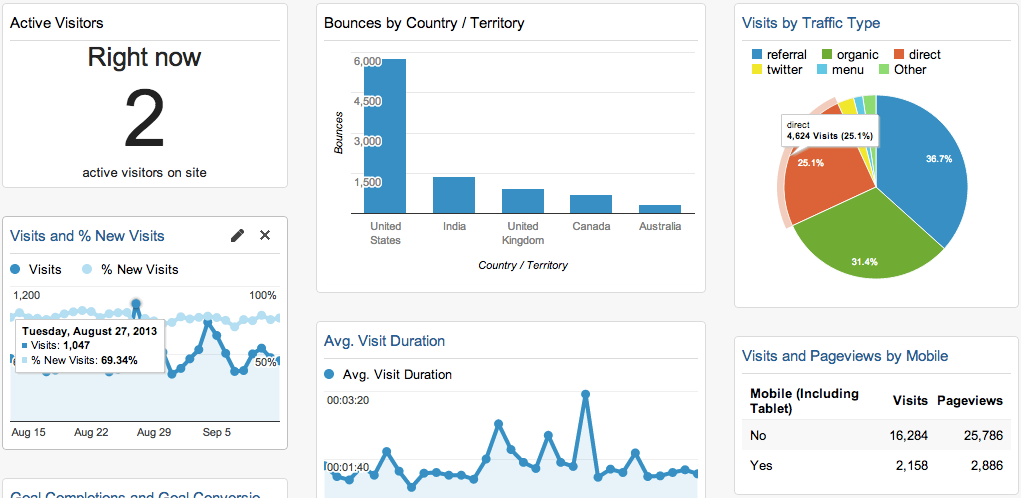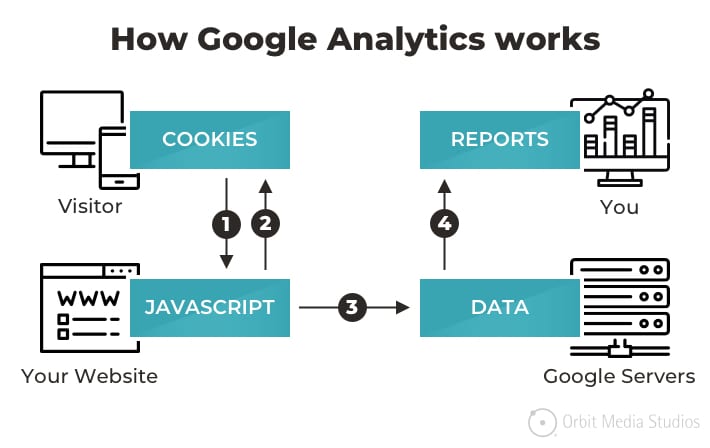Optimize Your Web Site Performance With Google Analytics Monitoring Code
In the digital landscape, understanding individual interactions with your web site is essential for optimization. By incorporating the Google Analytics tracking code, you can unlock a riches of info regarding visitor behavior, enabling you to check necessary metrics and identify prospective locations for enhancement. This strategic execution not only notifies your choices but likewise leads the way for an extra engaging individual experience. Nonetheless, the real difficulty hinges on efficiently assessing this data and equating understandings right into actionable methods. What actions can you take to ensure you are completely leveraging these understandings for optimal performance?
Comprehending Google Analytics
Recognizing Google Analytics is crucial for website owners and marketers aiming to optimize their online visibility. This effective device gives essential insights right into customer actions, allowing stakeholders to make data-driven decisions. By tracking various metrics, such as page views, bounce prices, and customer demographics, Google Analytics aids identify which facets of a site are doing well and which need enhancement.
Among the vital functions of Google Analytics is its ability to segment information. Individuals can evaluate traffic resources, individual engagement, and conversion prices throughout different sectors, such as geographic locations or tool types. This granularity enables marketing experts to customize their techniques to specific target markets, thus boosting the efficiency of their campaigns.

Establishing Tracking Code
To harness the complete capacity of Google Analytics, establishing the monitoring code correctly is a basic step. The monitoring code, a bit of JavaScript, enables Google Analytics to gather data concerning user communications on your site. To start, log in to your Google Analytics account and browse to the Admin section. Under the Residential or commercial property column, pick "Tracking Details" and afterwards "Monitoring Code." Right here, you will certainly discover your one-of-a-kind tracking ID, which starts with "UA-" followed by a series of numbers.
Following, you'll need to embed this code right into the HTML of your internet site. Ideally, put the monitoring code just prior to the closing tag on every page you desire to keep track of. If you're making use of a content management system (CMS) like WordPress, think about making use of plugins that facilitate simple combination.
After executing the code, it's vital to confirm its capability. Utilize the "Real-Time" reports in Google Analytics to confirm that data is being gathered as expected. By making certain correct setup, you create a solid foundation for effective data analysis and tactical decision-making to enhance your site's performance.
Key Metrics to Monitor
On a regular basis monitoring key metrics in Google Analytics is important for evaluating your web site's performance and user involvement. Amongst the basic metrics to track are web page sights, which supply understanding into how frequently users visit different web pages on your website. Furthermore, distinct visitors aid you recognize the reach of your web content by suggesting the number of distinct customers are involving with your site over a given duration.
Bounce price is one more vital metric, revealing the percent of site visitors who leave your site after watching just one page. A high bounce price might indicate issues with content significance or user experience. Alternatively, session period indicates just how long visitors remain on your site, aiding you evaluate content performance and user passion.
Conversion prices are vital for measuring the success of your internet site in accomplishing particular goals, such as kind submissions or item purchases (when does the google analytics tracking code send an event hit to analytics?). Monitoring website traffic sources is additionally essential, as it aids identify which networks drive the most traffic and conversions, enabling more targeted advertising and marketing techniques
Analyzing Site Visitor Habits

Moreover, tracking customer pathways via the site aids expose common navigating patterns. This information is crucial in figuring out whether users can conveniently discover the content they seek or if they experience obstacles that bring about stress. Recognizing high exit pages can highlight locations that may require redesign or more appealing the original source content to maintain site visitors.
Additionally, segmenting individuals based on demographics, rate of interests, and actions offers a much deeper understanding of the target market. This segmentation allows businesses to tailor material and marketing approaches a lot more properly, increasing the probability of conversions. Inevitably, analyzing visitor actions not just informs site improvements yet also promotes a much more user-centric strategy, leading to improved fulfillment and commitment over time.
Implementing Data-Driven Modifications
Carrying out data-driven adjustments is essential for improving site efficiency and attaining business goals. By leveraging insights gathered from Google Analytics, companies can determine areas for enhancement and make educated decisions to enhance individual experience.
First, assess essential performance indicators (KPIs) such as bounce rates, session duration, and conversion rates to identify details concerns influencing individual interaction - when does the google analytics tracking code send an event hit to analytics?. As an example, a high bounce price on a touchdown web page may indicate that the content is not reverberating with site visitors or that the web page takes as well long to load

Final Thought
In verdict, the execution of Google Analytics tracking code is important for optimizing site performance. By accurately keeping track of individual habits and essential metrics, useful understandings can be obtained, helping with data-driven decision-making.
By tracking numerous metrics, such as web page sights, bounce prices, and customer demographics, Google Analytics aids recognize which aspects of a web site are executing well and which call for improvement.
Individuals can evaluate website traffic resources, individual interaction, and conversion rates across why not find out more different sectors, such as geographical places or device kinds. The monitoring code, a bit of JavaScript, enables Google Analytics to accumulate information about customer communications on your site.On a regular basis keeping track of vital metrics in Google Analytics is vital for analyzing your site's performance and user involvement. By leveraging Google Analytics, site proprietors can get important understandings into just how individuals connect with their site.